Let’s look at some harvesting tips for vegetables in your kitchen garden.
How to tell when vegetables are ready for harvest?

Key indicators for determining optimum maturity in all vegetables include their ideal size, colour and texture. Many vegetables are harvest-ready, flavoursome and nutritious before they reach full maturity. While others can be reaped throughout the season or even left on the plant.
Harvesting at the right time involves estimating from the time of planting, sowing or transplanting. Check out our vegetable growing Calendar for India. You can also consider succession planning to synchronise various growing cycles for all-season, harvest-ready crops.
Handy Tips For Harvesting Common Vegetables
1. Root Vegetables
Carrots

Carrot roots will be ready for harvest in 12 to 14 weeks. Fresh tender roots are ideal for consumption as the smaller size tastiest sweeter. Loosen the soil with the help of your gardening tools to one side. Water the ready crop before extracting roots from the ground and pull gently. This simplifies the harvesting process.
Radish

Radishes are fast growers. They are often grown next to carrots to mark boundaries. Smaller the size, the juicer the fruit when it comes to radishes. Pull them once the roots are swollen, around 1 inch in diameter. Harvesting at this stage keeps them from turning woody.
Beetroot

Beetroots are ready for harvest in 10 to 12 weeks. You can harvest some and leave the rest to grow further or stay intact on the plant. Pick the ones that are about the size of a large lemon. The green leaves are also edible so pull and store gently to retain their freshness.
Onions

Onions take about 18 to 20 weeks to mature. Once the foliage appears yellowish, onions can be picked. Lay them on the ground in the sun. It is important to dry them for around 2 weeks once uprooted. This makes them ready for storage. Eliminate the ones that may have been infected with some disease to preserve the healthy ones.
Turnips

Turnips can be harvested once the roots are about 2 to 3 inches in diameter. Prevent them from turning woody as they will lose flavour by pulling out at this stage.
Yam Beans

Yam beans will reach maturity in 12 weeks. Dig from underground and gently remove them from the soil once the plant top turns yellow. Handle gently to preserve their skin.
2. Stem Vegetables
Kohlrabi

Once the bulb is about 2 to 3 inches in diameter, kohlrabi can be harvested. Harvesting at this size prevents them from turning tougher. Snip the kohlrabi stem from the base with a sharp knife and remove the leaves before cooking.
Cabbage

It is necessary to harvest cabbage heads at maturity or they split apart if left to grow. Press the cabbage head with gentle pressure to feel their solid texture, indicating harvest readiness.
Asparagus

Asparagus spears reach about 8 inches tall at maturity. Once you have snapped off the first round of harvest, the next lot will produce foliage in about a month. Wait for the second lot to mature as you relish the first harvest.
Celery

Celery is edible at all stages of growth. Celery matures in 24 weeks from the time of sowing. The tiny leaves are edible throughout all growth stages. Harvest individual stalks or uproot the plant and cut the stems.
Pak Choi

Based on climatic conditions, Pak Choi can be harvested in 6 to 8 weeks from sowing. Harvesting the young, outer leaves allows the inner plant to continue to grow.
Leeks

Leeks can be lifted while they are young. This provides for a longer harvest period, almost throughout winters. Harvest leeks before they start flowering in early spring. The crop usually takes 5 to 6 months to fully mature.
3. Leafy Vegetables
Lettuce

Pick lettuce leaves young and tender, around 8 to 10 cm. Salad leaves can be cut using scissors instead of pulling, in about 6 weeks. Larger leaves will take 12 weeks to mature.
Spinach

Spinach crops mature in 4 to 6 weeks. With a pair of scissors, cut from outside, towards the core. Regular harvest of young leaves makes space for re-growth.
Amaranthus

Leaves can be harvested in 5 to 6 weeks. As required, individual leaves and young stems can be picked when the plant is 1 foot tall. Prune regularly for a bushier crop. Dry off the leaves once picked so that they do not grow moulds.
Kale

Kale leaves are most flavoursome in winters and can be harvested throughout the crop season. Check for a firm texture and their dark green hues. Kale leaves can be stored like lettuce and spinach.
Beet Greens

Beet Greens acquire a height of 4 to 5 inches when ready to harvest. Pick them tender and young for wholesome flavour, throughout the growing season.
Arugula

Leaves are ready for harvest in 5 to 7 weeks. Harvest in the morning or evening so that the leaves do not wither if harvested in sunlight. Pinch or cut the leaves through the season before they begin to bolt.
Endive

Endives can be harvested at any size. Endive crop reaches maturity in 12 weeks from the day of sowing. Leaves can be cut and the foliage will regrow over time. You can harvest the crop throughout the season. From garden to plate, here is all about growing and eating baby greens.
4. Flower Vegetables
Broccoli

Broccoli florets need to be picked before the flower heads bloom fully. Harvest them while they are about the size of an orange. Homegrown broccolis are relatively smaller in size as compared to market ones.
Cauliflower

Cauliflower heads are ready for harvest when the curds are smooth. Pluck them before they turn hard.
Artichokes

Plump artichoke buds have to be harvested. Otherwise, they start to open or turn purple. Harvest 5 inches down the stem, before the flowers start appearing. Start from the centre and work towards the sides when picking bulbs.
Squash Blossom

Once the squash blossoms have bloomed fully, cut them one inch above the stem. Squash blossoms should be harvested before consumption to retain freshness. They will mature in 6 to 8 weeks.
5. Fruit Vegetables
Cucumber

The cucumber crop matures in 8 weeks. Harvest the cucumbers when they are young, smooth and firm. Once they are overripe, they will turn yellow and become very bitter.
Pumpkin and Squash

The plants will keep growing beyond 12 weeks. The fruits can be left to mature on the plant and picked before the leaves start to wither. Tap to check if they are hollow, indicating harvest readiness.
Tomatoes

Tomatoes turn orange when fully ripe. Picking tomatoes earlier, while they are still green, elongates their life. Green tomatoes can be stored in a paper bag and they will ripen in about a week.
Pepper

Pepper variety planted decides the colour and texture of the fruit for harvest. Common green pepper varieties should be picked when green or it changes red and loses its sweetness. Most pepper varieties are ready for harvest in 10 weeks from transplanting.
Brinjal

Brinjals mature in 20 weeks but a slightly immature crop has better flavours. Pick the firm and shiny fruits by cutting instead of pulling from the plant.
6. Seed Vegetables
Beans

Harvest the tender beans before they turn tough. The crop will be ready in 9 to 20 weeks depending upon the bean variety. The pods are ready to be picked when they snap, have a leathery texture and are 4 to 6 inches long. You can pick the beans with your hands.
Peas

Peapods are harvest-ready from 12 weeks onwards. Check the filled pods for pea-size. Pods can be cut with scissors. Peas are best left in the pods to retain freshness until the hour of use.
Corn

Corn varieties mature in 9 to 12 weeks. Corn can be picked when silks at the ears appear brown and firm. Kernels will be plump and round. Harvest corn by twisting the cob downwards from the stalk. The kernels will secrete a milky liquid on picking.
Harvesting your crops at the right time can have a great impact on their taste, flavour and nutritional value. Another handy tip to note is to harvest all these veggies early in the morning when they are the most fresh and crunchy. Harvesting vegetables regularly will also allow for profound yield and better tasting greens.


 Sign In
Sign In



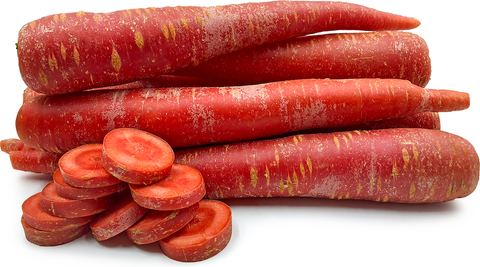
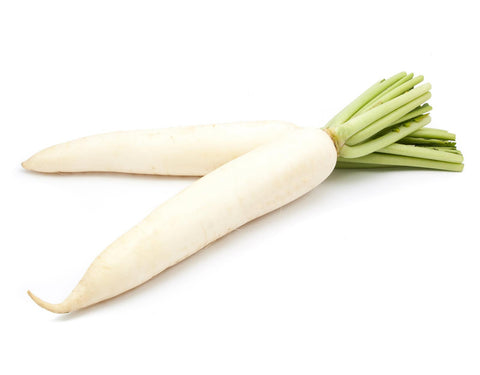
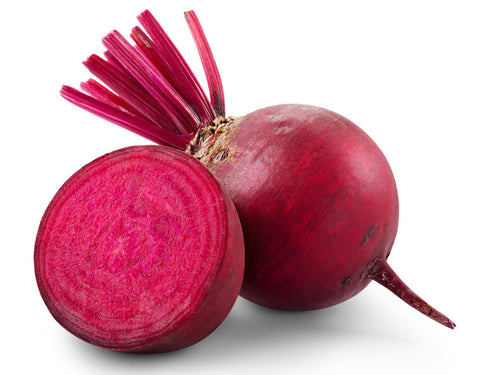
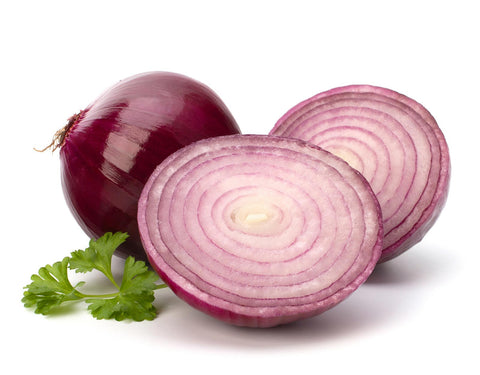
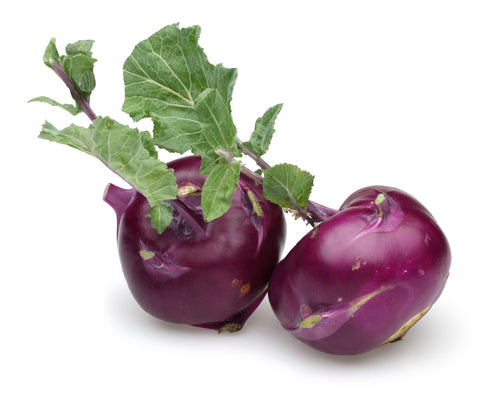
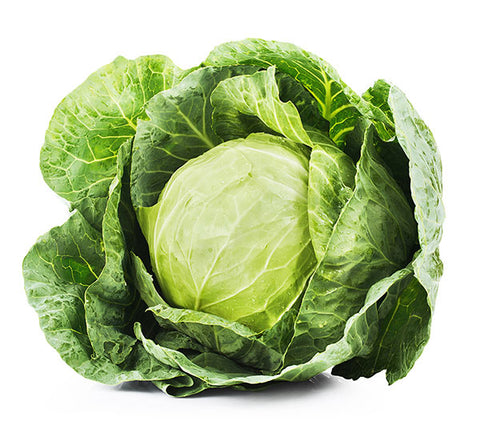

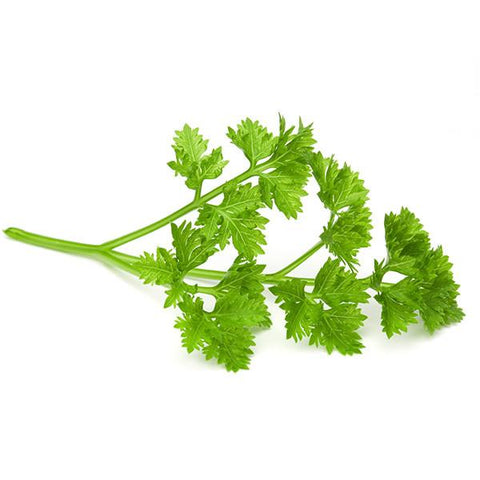
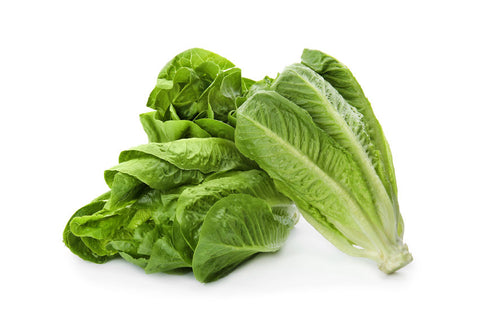
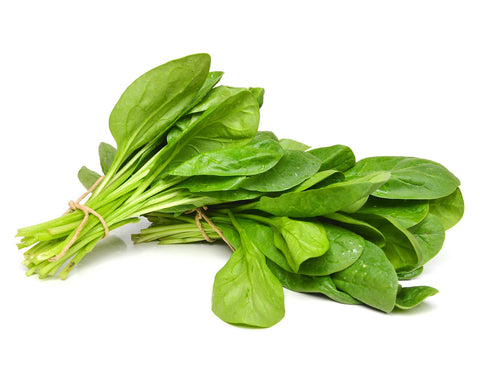
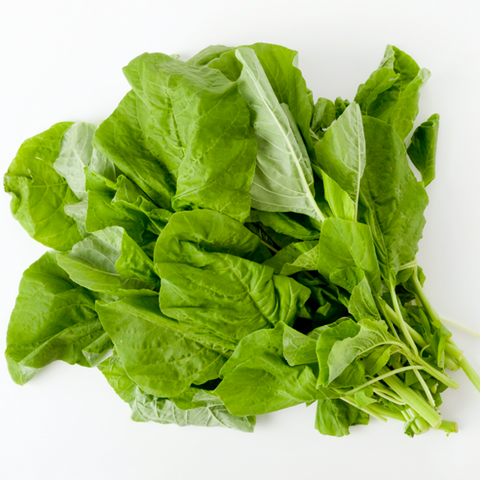
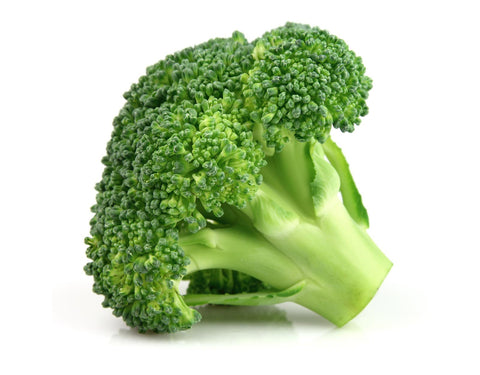
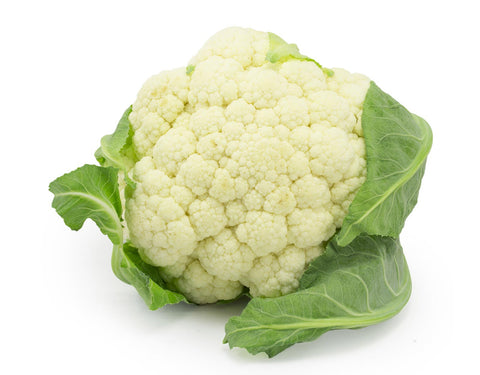

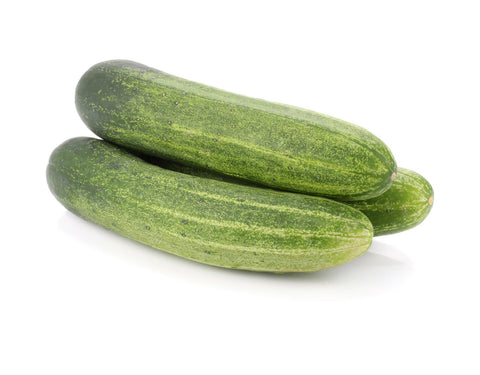


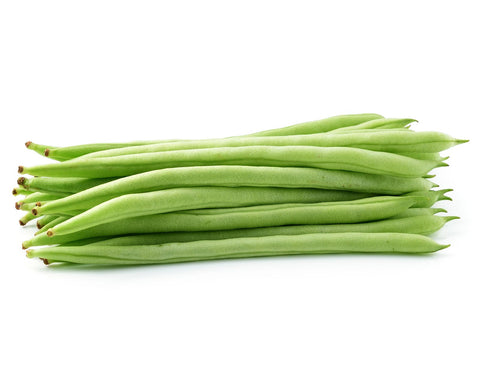
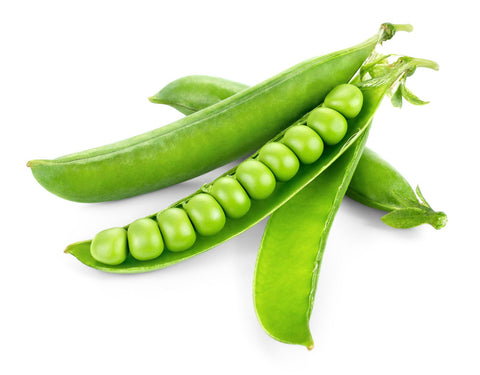







Let us know your feedback
* Comments must be approved before being displayed.